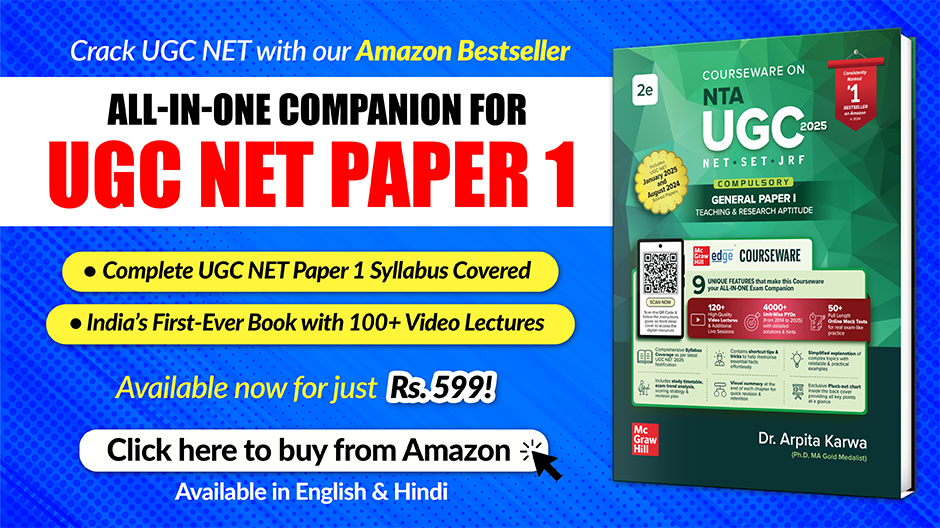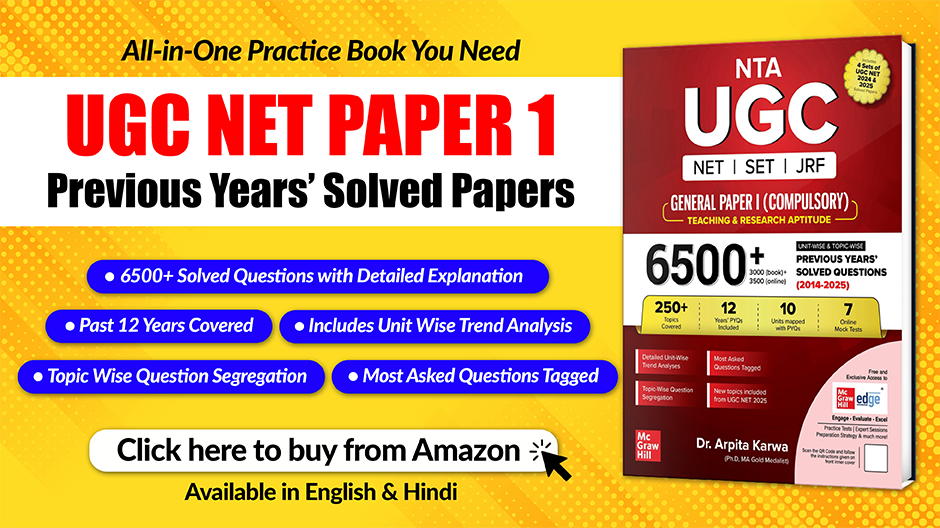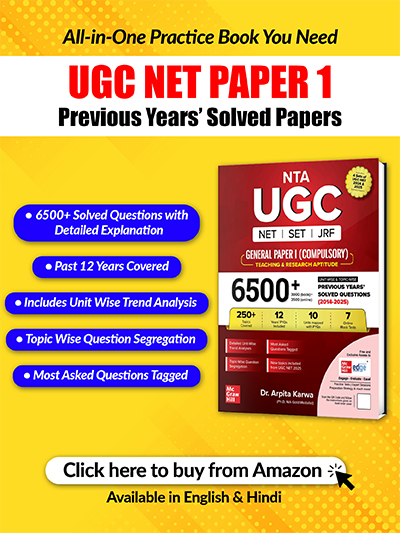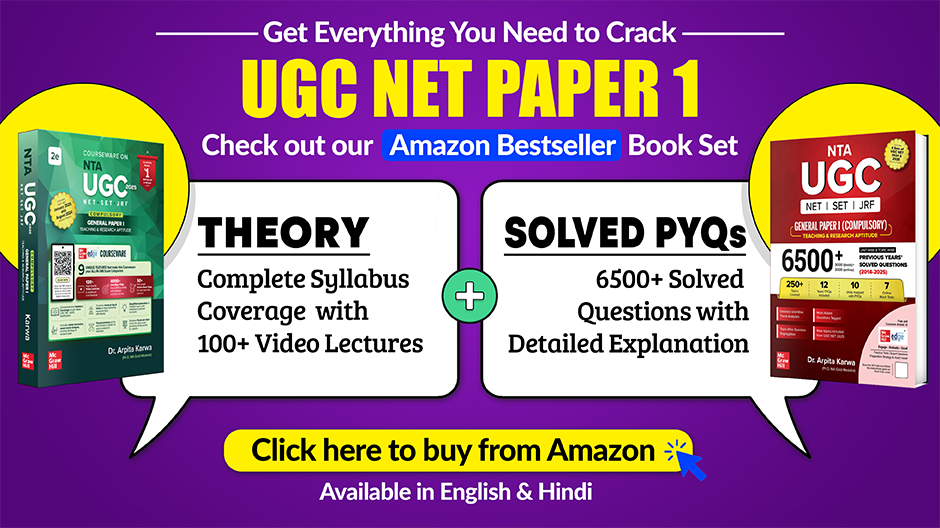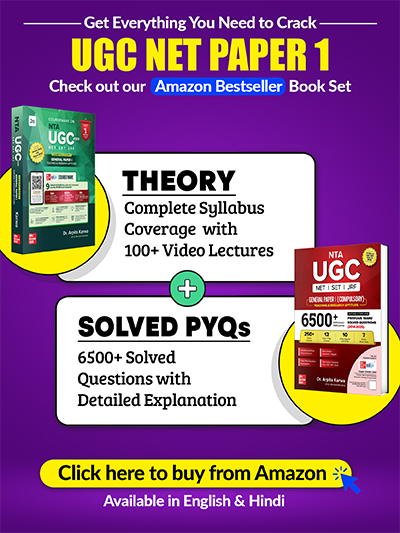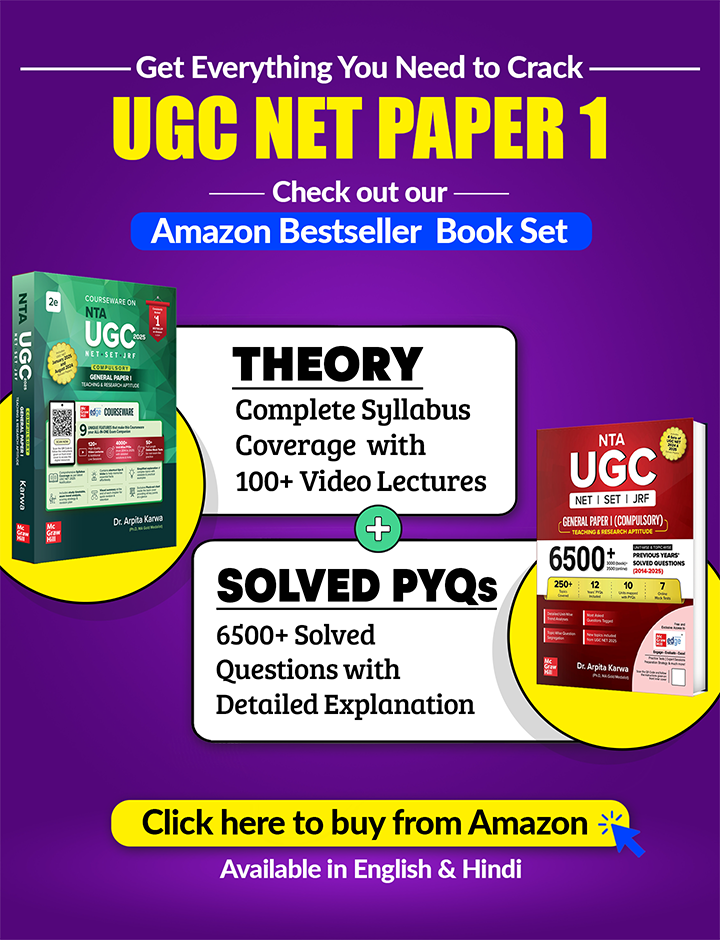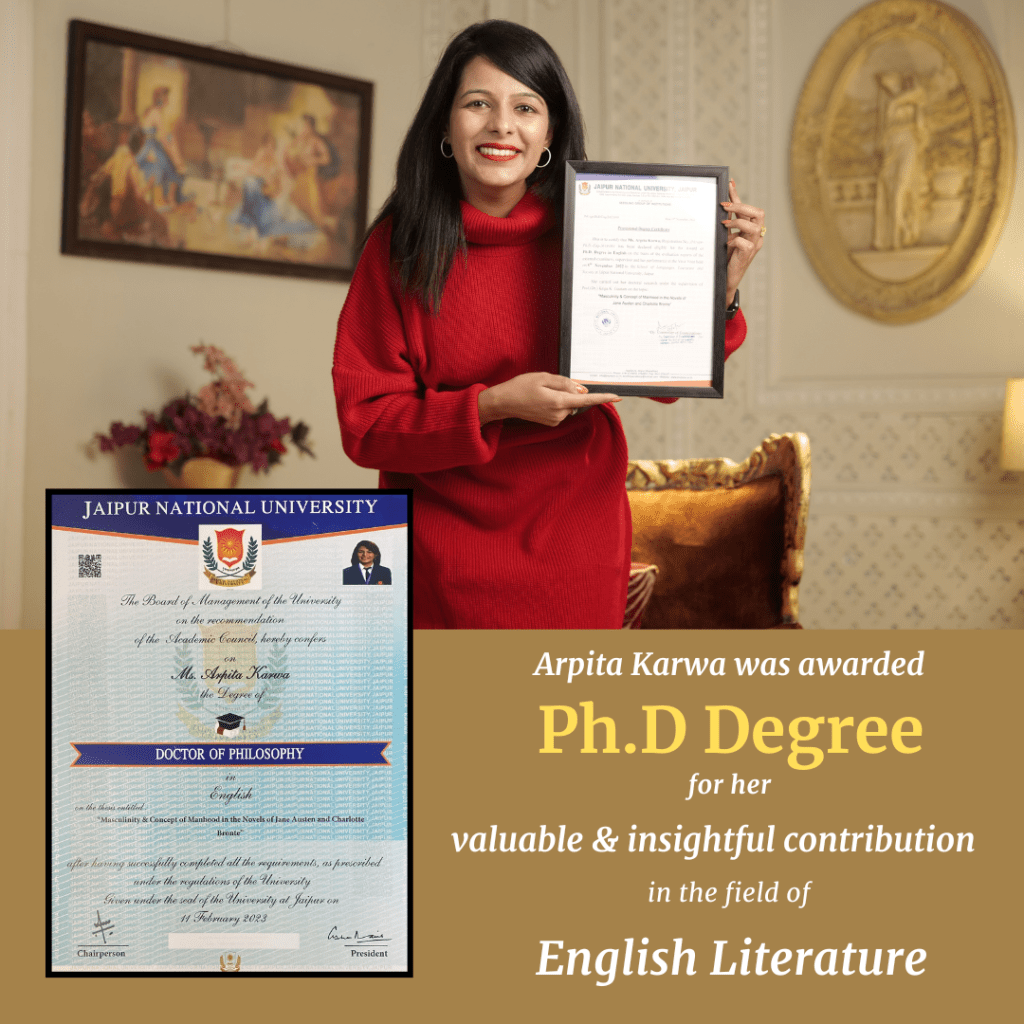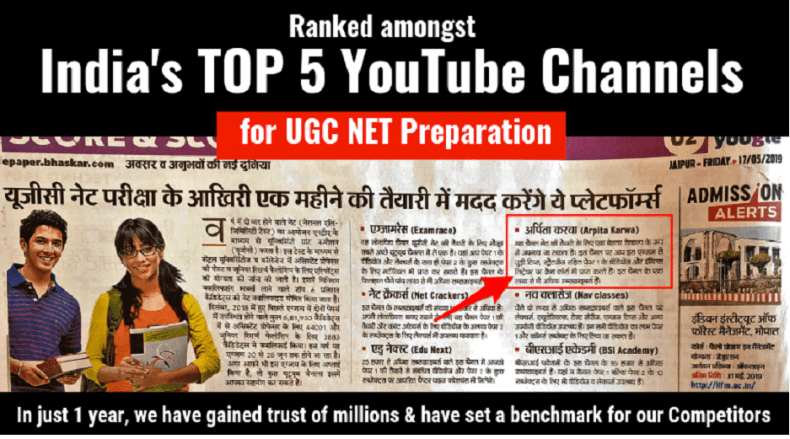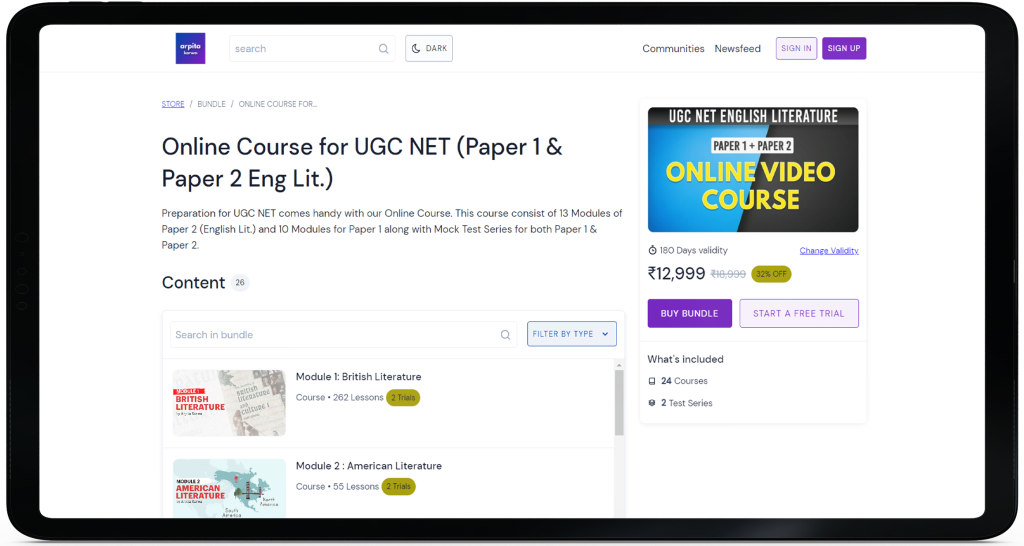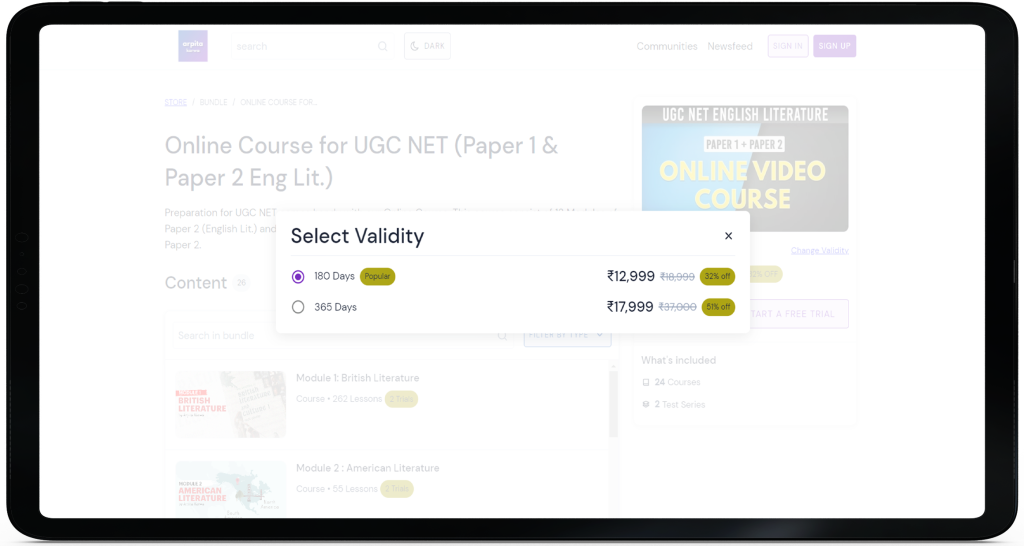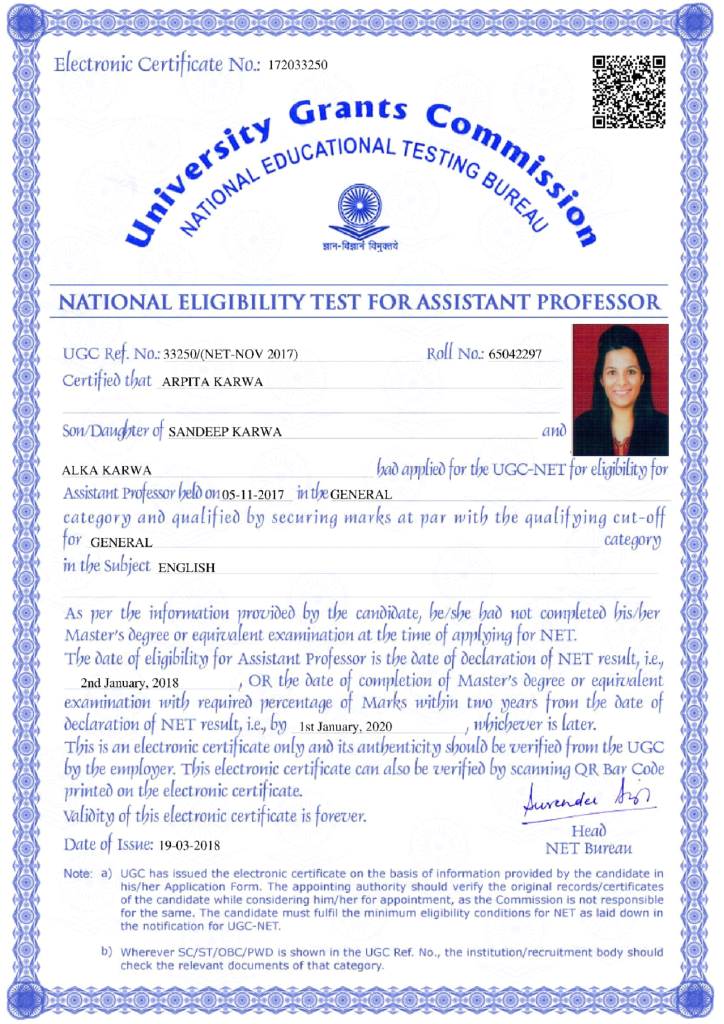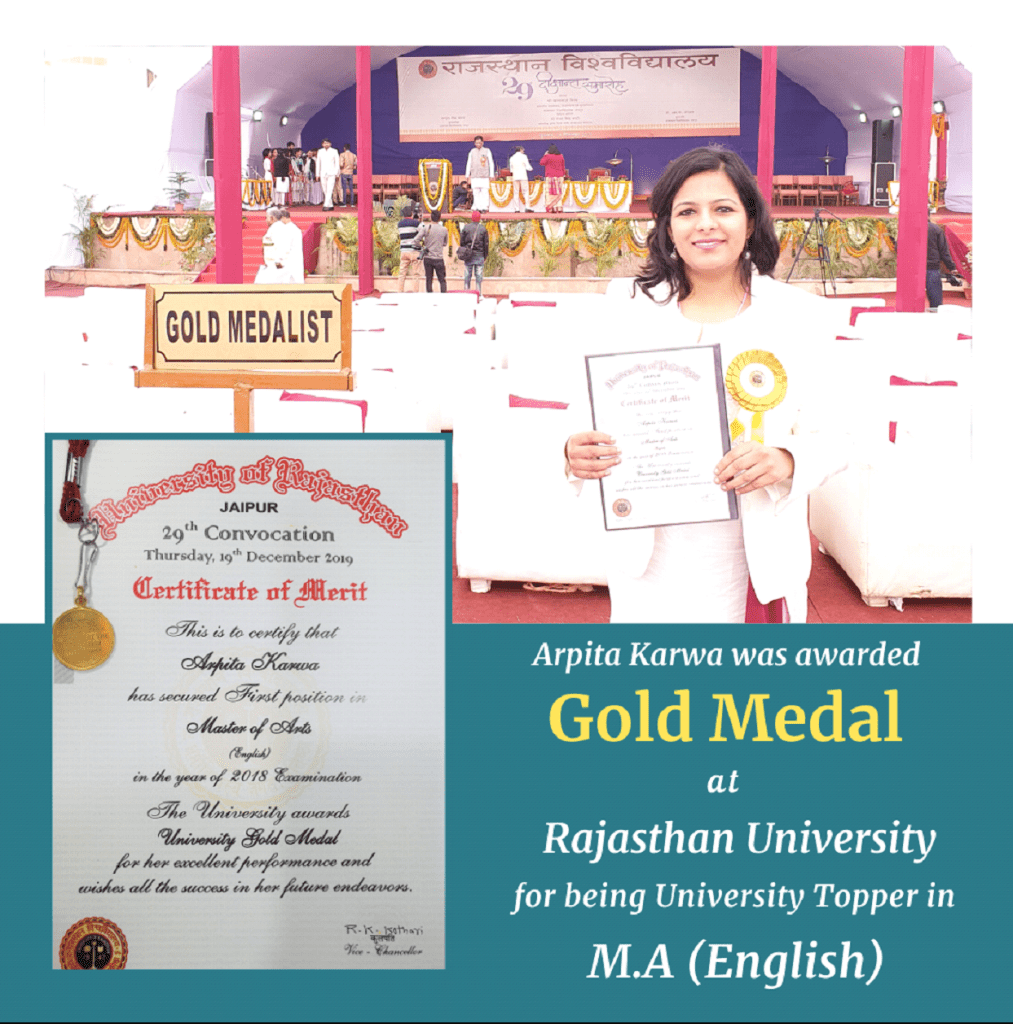September 2022 : Paper 1 (Conducted on 30th Sep 2022 : Evening Shift)
June 19, 2023 2025-08-19 10:01September 2022 : Paper 1 (Conducted on 30th Sep 2022 : Evening Shift)
September 2022 : Paper 1 (Conducted on 30th Sep 2022 : Evening Shift)
Q.1-5)
Q.1) If M and N represent the number of Analysts and number of Testers recruited in the company during the years 2017 to 2021, Then M—N =
[1] 64
[2] 56
[3] 48
[4] 44
Correct Answer: 4
Q.2) The total number of Peons working in the Company at the end of year 2020, is
[1] 656
[2] 596
[3] 544
[4] 484
Correct Answer: 2
Q.3) The percentage increase in the number of employees working in the company in 2021 to that in 2016 was maximum for the position of
[1] Administrator
[2] Analyst
[3] Programmer
[4] Tester
Correct Answer: 1
Q.4) The pooled sum of the total number of employees working for all the five positions in the company at the end of the year 2018 is
[1] 3126
[2] 2988
[3] 3048
[4] 2958
Correct Answer: 2
Q.5) During the period from 2016 to 2021 what is the approximate percentage(%) of the total number of programmers who left the company w.r.t the total number of programmers who joined the Company?
[1] 19
[2] 21
[3] 27
[4] 29
Correct Answer: 4
Q.6) What is the full form of NROER?
[1] National Repository of Online Educational Resources
[2] National Repository of Open Educational Resources
[3] National Recruitment of Online Educational Resources
[4] National Recruitment of Open Educational Resources
Correct Answer: 2
Q.7) Which of the following approach does not come under cooperative learning?
[1] Fishbowl
[2] Jigsaw
[3] Demonstration
[4] Team-pair-solo
Correct Answer: 3
Q.8) What are the benefits of asynchronous mode of online learning-
(A) Self-pacing
(B) Immediate Feedback
(C) Self-engagement
(D) Flexibility
(E) Presence of Teacher and student at the same time
[1] (A) and (D) only
[2] (B) and (D) only
[3] (A), (C), and (D) only
[4] (A), (C), and (E) only
Correct Answer: 3
Q.9) Statement I: Understanding level of teaching and learning is based on acquisition of factual information, to see relationships, to comprehend, to seek generalization and their application in life.
Statement Il: Reflective level of teaching and learning is based on the development of critical thinking, problem-solving skills, and creative thinking.
[1] Both Statement I and Statement II are true
[2] Both Statement I and Statement II are false
[3] Statement I is true but Statement Il is false
[4] Statement I is false but Statement II is true
Correct Answer: 1
Q.10) Fundamental factors
(A) Drive
(B) Cue
(C) Response
(D) Reinforcement
Attributes of learning
(I) Reward
(II) Motivation
(III)Stimulus
(IV)Action
[1] (A)-(III), (B)-IV, (C)-(I), (D)-(II)
[2] (A)-(II), (B)-(III), (C)-(IV), (D)-(I)
[3] (A)-(III), (B)-(I), (C)-(IV), (D)-(II)
[4] (A)-(II), (B)-(III), (C)-(I), (D)-(IV)
Correct Answer: 2
Q.11) Exploratory research is primarily intended to
[1] Gather preliminary information
[2] Find out the causality of relations
[3] Know the statistical significance of findings
[4] Discover the specific contexts of research
Correct Answer: 1
Q.12) The Likert scale is used to measure a set of
[1] Values
[2] Norms
[3] Attitudes
[4] Formulae
Correct Answer: 3
Q.13) A literature review will have to answer the questions of :
(A) What area should not be investigated?
(B) What type of research has been done in the area?
(C) What research methods have been used?
(D) What area has not been investigated?
(E) What methods should not have been used in earlier studies?
[1] (A), (B), (C) only
[2] (B), (C), (D) only
[3] (D), (C), (E) only
[4] (D). (E). (A) only
Correct Answer: 2
Q.14) Statement I: Qualitative research uses a static set of questions.
Statement II: In quantitative research questions are standardised.
[1] Both Statement I and Statement II are true
[2] Both Statement I and Statement II are false
[3] Statement I is true but Statement Il is false
[4] Statement I is false but Statement II is true
Correct Answer: 4
Q.15) The sequence of stages in experimental research is
(A) Selection of the setting.
(B) Operationalisation of variables.
(C) Administration of the experiment.
(D) Selection of the experimental design.
(E) Analysis and interpretation of results.
[1] A,B,D,E,C
[2] B,D,C,A,E
[3] A,D,B,C,E
[4] D,A,C,B,E
Correct Answer: 3
Q.16) One of the factors that influence our feedback to the communicated message most is
[1] Location of reception
[2] Channel of mediation
[3] Receptor’s involvement
[4] Transmission economy
Correct Answer: 3
Q.17) In intra-personal communication, the medium that carries the messages is
[1] The personal ego
[2] The central nervous system
[3] The physical surrounding
[4] The symbol system
Correct Answer: 2
Q.18) What are the advantages of linear communication?
(A) It is best suited for persuasion
(B) It quickens the process of feedback
(C) It facilitates a two-way exchange of information
(D) It is extensively used in international propaganda
(E) It provides demarcated results
[1] (A), (B), and (C) only
[2] (B), (C), and (D) only
[3] (C), (D), and (E) only
[4] (A), (D) and (E) only
Correct Answer: 4
Q.19) Statement I: Communication technology has made revisiting of ideas impossible.
Statement Il: Technology has redefined the elements of time and distance in favour of communication managers.
[1] Both Statement I and Statement II are true
[2] Both Statement I and Statement II are false
[3] Statement I is true but Statement Il is false
[4] Statement I is false but Statement II is true
Correct Answer: 4
Q.20) Assertion (A): The new system of digital communication has made the emergence of an interactive society possible.
Reasons (R): The new system is based on ‘digitized and networked integration of multiple communication modes”.
[1] Both A and R are true and R is the correct explanation of A
[2] Both A and R are true but R is NOT the correct explanation of A
[3] A is true but R is false
[4] A is false but R is true
Correct Answer: 1
Q.21) In how many years the compound interest on Rs. 10,000 at the rate of 10% will be Rs. 2,100?
[1] 4 years
[2] 2.5 years
[3] 2 years
[4] 3 years
Correct Answer: 3
Q.22) If the population of a town decreases by 25% and 40% in two successive years, what shall be the decrease in the percentage of population after 2 years?
[1] 61%
[2] 55%
[3] 65%
[4] 62%
Correct Answer: 2
Q.23) In a mixture of two types of oils A and B, the ratio of A : B s 3 : 2. If the cost of oil A is Rs. 60 per litre and that of oil B is Rs. 120 per litre, then find the cost per litre of the resulting mixture.
[1] 92
[2] 90
[3] 96
[4] 84
Correct Answer: 4
Q.24) Find the missing term in the series given below:
8, 10, 7, 12, 5, 16, 3,?
[1] 18
[2] 20
[3] 24
[4] 19
Correct Answer: 2
Q.25) What is the average of the first 6 multiples of 11?
[1] 27.5
[2] 40.5
[3] 38.5
[4] 51.5
Correct Answer: 3
Q.26) If the statement ‘All children are innocent’ is given as true, then which of the following statement can be inferred to be true?
[1] All those who are innocent are children.
[2] Some children are innocent.
[3] All those who are non-innocent are adults.
[4] Some children are non-innocent.
Correct Answer: 2
Q.27) Which of the following statement is converse of the statement — “All academicians are visionaries”?
[1] Some visionaries are academicians,
[2] Some academicians are visionaries.
[3] Some academicians are not non-visionaries
[4] No visionaries are not non-academicians.
Correct Answer: 1
Q.28) No one has ever succeeded to provide conclusive evidence for the claims of astrology. Therefore we must conclude that astrology is non-sense’. Which fallacy is committed in the above argument?
[1] Hasty Generalisation
[2] Appeal to Ignorance
[3] False cause
[4] Slippery slope
Correct Answer: 2
Q.29) Statement I: Relation of invariable concomitance is the relation between hetu and Sadhya which requires no qualifying term or limitation (upadhi). e.g. wherever there is smoke there is fire.
Statement Il: Relation of invariable concomitance is the relation between hetu and Paksa which requires qualifying term or limitation (upadhi). e.g. wherever there is fire there is smoke.
[1] Both Statement I and Statement II are true
[2] Both Statement I and Statement II are false
[3] Statement I is true but Statement Il is false
[4] Statement I is false but Statement II is true
Correct Answer: 3
Q.30) “When I closed my eyes the cat was sitting on the table when I opened my eyes, I found it sitting on the chair therefore I can conclude that the cat must have moved from the table to the chair while my eyes were closed”. According to classical Indian Philosophy which of the following means of knowledge is used in the above argument?
[1] Pratyaksa (Perception)
[2] Upamana (Comparison)
[3] Unupalabdhi (Non-apprehension)
[4] Arthapatti (Postulation)
Correct Answer: 4
Q.31) Which one of the following acronyms matches incorrectly with their full form?
[1] HTTP – Hyper Text Transfer Protocol
[2] FTP – File Transfer Protocol
[3] SMTP – Simple Mail Transfer Protocol
[4] ISP – Internet Service Protocol
Correct Answer: 4
Q.32) Statement I: Artificial Intelligence (AI) learns from changing circumstances, whereas virtual reality is an artificially created environment used to give a feeling of being there.
Statement Il : QR is a type of more sophisticated barcode which uses a matrix of dark squares on a light background. stands for Quick Reaction.
[1] Both Statement I and Statement II are true
[2] Both Statement I and Statement II are false
[3] Statement I is true but Statement Il is false
[4] Statement I is false but Statement II is true
Correct Answer: 3
Q.33) Which of the developments A-E given below have arisen because of the Internet?
(A) Weblogs
(B) Databases
(C) Wikis
(D) DTP
(E) Social networking sites
[1] (A), (B), and (C) only
[2] (B) and (D) only
[3] (A), (C), and (E) only
[4] (C) and (E) only
Q.34) Which of the following statements is correct?
(A) IP addresses are used to identify computers on the Internet.
(B) Internet and WWW are two separate but related terms: Internet is & service on the WWW while WWW is the network infrastructure providing such service.
(C) Large files such as videos that cannot be sent by e-mail as attachments. can be sent to another computer via FTP.
[1] A and B
[2] A and C
[3] B and C
[4] A, B and C
Correct Answer: 2
Q.35) Input Method
(A) Bar Code Reader
(B) Chip Reader
(C) MICR
(D) OCR
Use
(i) To input text from a printed document
(ii) To input data from a bank cheque
(iii) To input data from a bank card
(IV) To input data about a product at a POS (Point of Sale)
[1] (A)-(I), (B)-(III), (C)-(II), (D)-(IV)
[2] (A)-(III), (B)-(II), (C)-(IV), (D)-(I)
[3] (A)-(IV), (B)-(III), (C)-(II), (D)-(I)
[4] (A)-(IV), (B)-(II), (C)-(III), (D)-(I)
Correct Answer: 3
Q.36) Assertion (A): High concentration of Nitric Oxide (NO) in soils makes it inhabitable to plants.
Reason (R): NO combines with soil water and forms nitrous and nitric acid which increases the soil acidity.
[1] Both A and R are true and R is the correct explanation of A
[2] Both A and R are true but R is NOT the correct explanation of A
[3] A is true but R is false
[4] A is false but R is true
Correct Answer: 1
Q.37) Assertion (A): Oxygen-demanding wastes are substances that Oxydize in the receiving body of water.
Reason (R): As bacteria decompose these wastes, they release Oxygen in the water.
[1] Both A and R are true and R is the correct explanation of A
[2] Both A and R are true but R is NOT the correct explanation of A
[3] A is true but R is false
[4] A is false but R is true
Correct Answer: 3
Q.38) Statement I: Most of the emerging contaminants of water are Endocrine Disrupting Chemicals (EDCs).
Statement II: Flame retardant additive, found in the environment throughout the globe, are considered to be EDCs.
[1] Both Statement I and Statement II are true
[2] Both Statement I and Statement II are false
[3] Statement I is true but Statement Il is false
[4] Statement I is false but Statement II is true
Correct Answer: 1
Q.39) Statement I: Halocarbons contribute significantly to global warming.
Statement Il: Halocarbons also catalytically destroy stratospheric Ozone.
[1] Both Statement I and Statement II are true
[2] Both Statement I and Statement II are false
[3] Statement I is true but Statement Il is false
[4] Statement I is false but Statement II is true
Correct Answer: 1
Q.40) Statement I: In a breeder reactor the amount of fissile material consumed is more than the amount of fissile material produced.
Statement II: In India, Kalpakkam (Chennai) Nuclear Power Plant is an example of a breeder reactor.
[1] Both Statement I and Statement II are true
[2] Both Statement I and Statement II are false
[3] Statement I is true but Statement Il is false
[4] Statement I is false but Statement II is true
Correct Answer: 4
Q.41) In the context of vocational education, competency level 8 as per NSQF, is equivalent to :
[1] Doctorate Degree
[2] Undergraduate Degree
[3] Diploma
[4] Master Degree
Correct Answer: 4
Q.42) The focus areas of New Education Policy are:
(A) Establishment of community colleges
(B) Setting up of skill missions in rural India
(C) Institutional re-structuring in the educational sector
(D) Imparting of holistic education
(E) Transforming the regulatory system of higher education
[1] (A), (B), (C) only
[2] (B), (C), D) only
[3] (A), D), (E) only
[4] (C), (D), (E) only
Correct Answer: 4
Q.43) (Committee)
(A) Committee on Corporate Participation
(B) Calcutta University Commission
(C) Committee on Funding Central
(D) Committee on Technical Education.
(Chairman)
(I) Swaminathan in Higher Education
(II) Michael Sadler
(III) N.R. Narayanamurthy Universities
(IV) Justice K. Punnayya
[1] (A)-(II), (B)-(III), (C)-(IV), (D)-(I)
[2] (A)(III), (B)-(IV), (C)-(I), (D)-(II)
[3] (A)-(III), (B)-(II), (C)-(IV), (D)-(I)
[4] (A)-(I), (B)-(IV), (C)-(III), (D)-(II)
Correct Answer: 3
Q.44) Who among the following was the first thinker in India to write on Spherical Trigonometry?
[1] Bhaskaracharya
[2] Aryabhatta
[3] Akshapada
[4] Kanada
Correct Answer: 1
Q.45) Which of the following universities in ancient India attained celebrity as the seat of both Brahmanical and Buddhist learning during the time of Siddha Nagarjuna?
[1] Nalanda
[2] Takshashila
[3] Dharmaganja
[4] Sridhanya Katak
Correct Answer: 4
Q.46-50)
Read RC Passage to Answer:
The formation of the Indian state runs in a parallel narrative with the formation of its elite. Indian independence marked the powerful role of the elite in establishing an agenda of modernisation driven by an instrumentalist notion of the state. The elite were constituted in the emerging national space of an independent India as the drivers of social change processes, bringing Indian society into modernisation. The elite not only comprised of political power brokers and private interests, but also of a middle class educated in English and employed in the private, state, and civil society sectors. The emergent professional middle class as a subject of the modern state help considerable power, with its access to primarily English-language education and opportunities for employment in both the private and public sectors. The state on one hand, developed an extended bureaucracy for running the state apparatus and on the other hand, gradually cultivated the market, creating employment opportunities for the middle classes and ensuring the participation of the middle classes in India’s mixed economy. The participation of the middle classes in the Indian economy and in the cultivation of its imagination is a salient feature that plays out in the discursive arena. The success of the Indian state in this sense was intrinsically tied to the recrafting of an imagination of an independent India that on one hand, put forth a narrative of the nation state and on the other hand, mobilised the market as a site for participation.
Q.46) What phenomenon marked the Indian independence?
[1] Notion of India
[2] Concept of states
[3] Role of power elites
[4] Parallel narratives of modernisation
Correct Answer: 3
Q.47) The elites were expected to
[1] Promote private interests
[2] Set private agenda
[3] Manage the civil society
[4] Change the society
Correct Answer: 4
Q.48) The middle class became powerful in India because of
[1] English-language education
[2] Modernization of the country
[3] Professionalisation of politics
[4] Popularity of power brokering
Correct Answer: 1
Q.49) The state ensured the middle-class participation in
[1] National politics
[2] Bureaucratisation of power
[3] India’s mixed economy
[4] Changing the state apparatus
Correct Answer: 3
Q.50) The passage describes
[1] The emergence of national space
[2] The elitist imagination of combining nation state with market
[3] The role of bureaucracy in modernising India
[4] Social change as a limited process.
Correct Answer: 2
